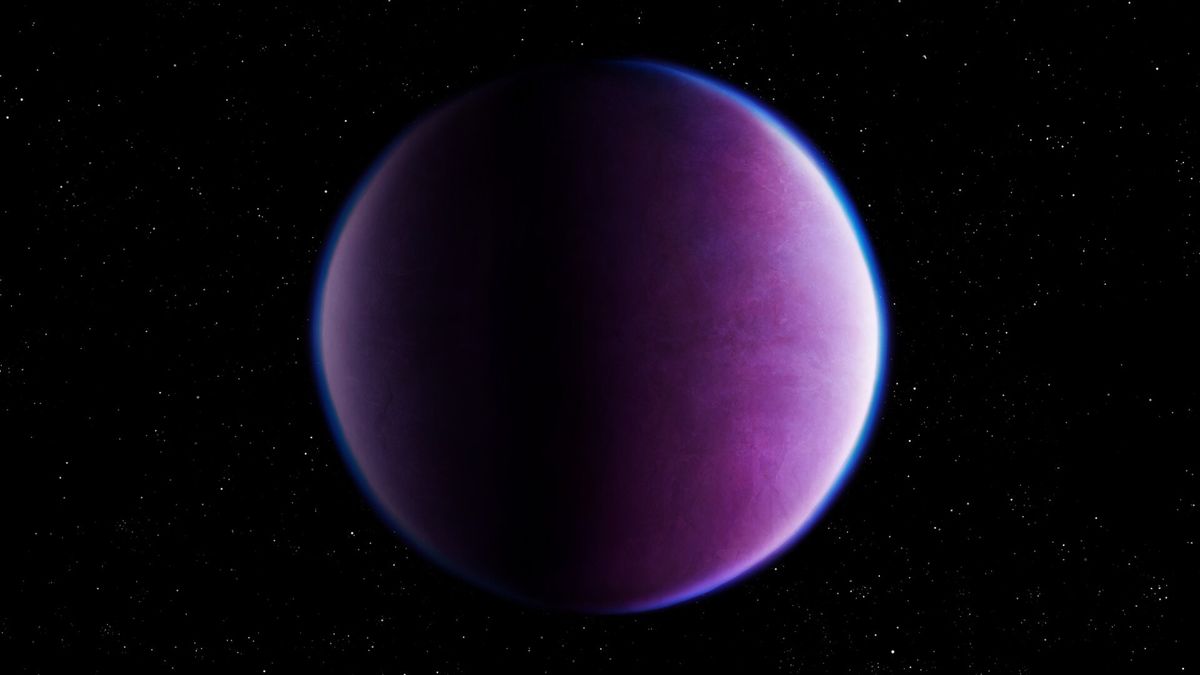If alien life is ever discovered, its appearance remains a mystery. However, the quest for extraterrestrial life now encompasses purple bacteria, as indicated by a team of astronomers studying the unique chemical composition of these lavender-hued organisms. These microbes, which may have thrived in the early stages of Earth’s history, are believed to be well-suited for existence on distant planets orbiting dim red stars smaller than our sun, according to a recent study.
The ongoing effort to catalog these organisms aims to establish a database of potential life indicators, ensuring that our telescopes are equipped to detect life forms that may differ from the familiar ones on Earth. Lisa Kaltenegger, a co-author of the study from Cornell University, highlighted the adaptability of purple bacteria to diverse environments, suggesting that the color purple could be as indicative of life as green is on our planet.
On Earth, where life is known to exist, the predominant mechanism for sustaining life involves oxygen-producing photosynthesis driven by chlorophyll, the green pigment utilized by most organisms to capture sunlight. However, billions of years ago, prior to the emergence of chlorophyll-based photosynthesis, microorganisms used a purple-pigmented molecule called retinal to harness sunlight for metabolic energy. Scientists speculate that if retinal is present on other planets, its distinct signature could be detectable by advanced telescopes.
The current search for alien life has been biased towards detecting green pigments due to limited data on organisms with other colors, such as purple. To address this gap, Lígia Fonseca Coelho and her team from the Carl Sagan Institute cultivated purple bacteria from various environments and analyzed their unique characteristics. By simulating scenarios where purple bacteria dominate different types of Earth-sized planets, including icy orbs and rocky spheres, the researchers were able to identify detectable biosignatures that could guide future telescope observations.
The study, published in the journal Monthly Notices of the Royal Astronomical Society: Letters on April 16, sheds light on the potential diversity of life beyond Earth and underscores the importance of expanding our search parameters to include a spectrum of colors beyond green.
